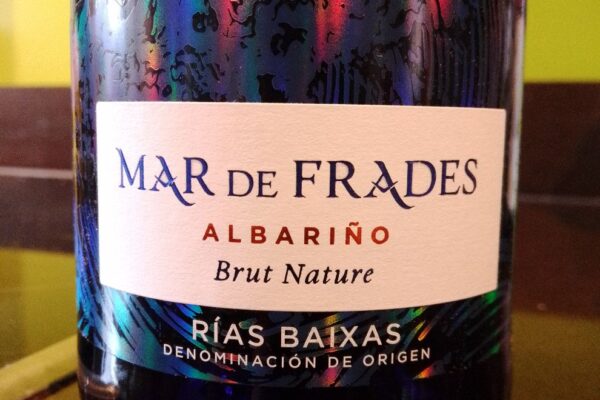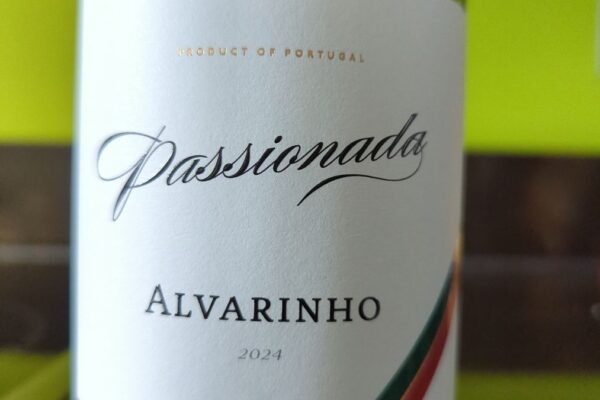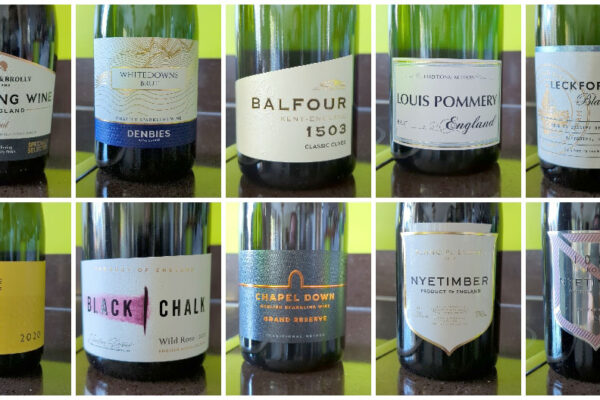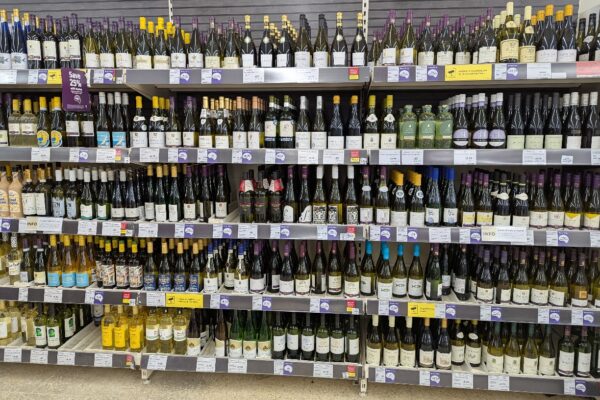
The new WineGB Industry Report 2025 highlights continued resilience and growth in the English and Welsh wine sector, despite economic pressures and regulatory challenges. The number of vineyards has risen to 1,104 and wineries to 238, with land under vine expanding to 4,841 hectares, a 510% increase since 2005. Kent remains the leading county for plantings, followed by West Sussex and newly, Essex. Chardonnay and Pinot Noir continue to dominate, with 99 grape varieties now grown in the UK, including emerging plantings of Grenache, Tempranillo and Viognier.
Although 2024 saw the lowest average yield since 2016 due to challenging weather, total production still exceeded 10.6 million bottles – the fourth highest on record, with 69% sparkling and 31% still wine. Notably, still rosé production increased to 25% of total still wines.
Sales grew by 3% overall, with still wine up by 10% and sparkling wine holding steady despite wider category declines. Direct-to-consumer sales, including online, accounted for 30% of all sales, with the on-trade and national off-trade each representing 26%. Independent retail and export channels also expanded. Larger producers are increasingly focusing on trade and export markets, while smaller producers continue to rely on direct and local sales.
Employment rose to 3,300 full-time equivalent roles in 2024, with hospitality roles seeing the greatest increase. Ninety percent of producers expect to increase staffing by 2028, projecting a 21% rise in employment.
WineGB’s CEO Nicola Bates praised the industry’s strength and urged government support, calling for wine tourism relief, better grant access, and protection for domestic wine classification to ensure continued growth and competitiveness against European producers.













